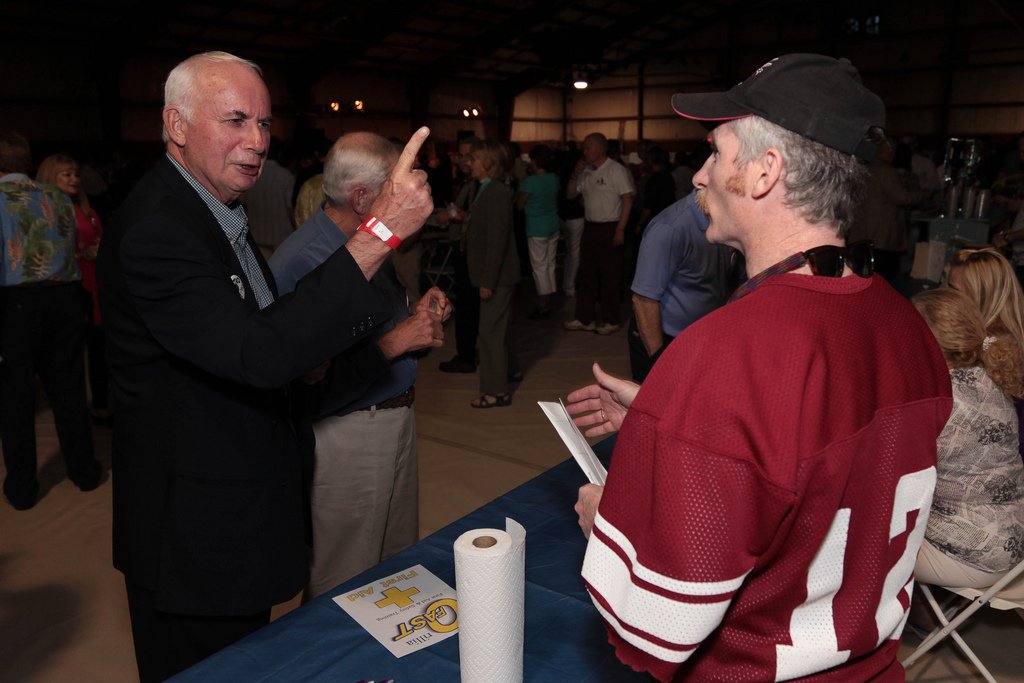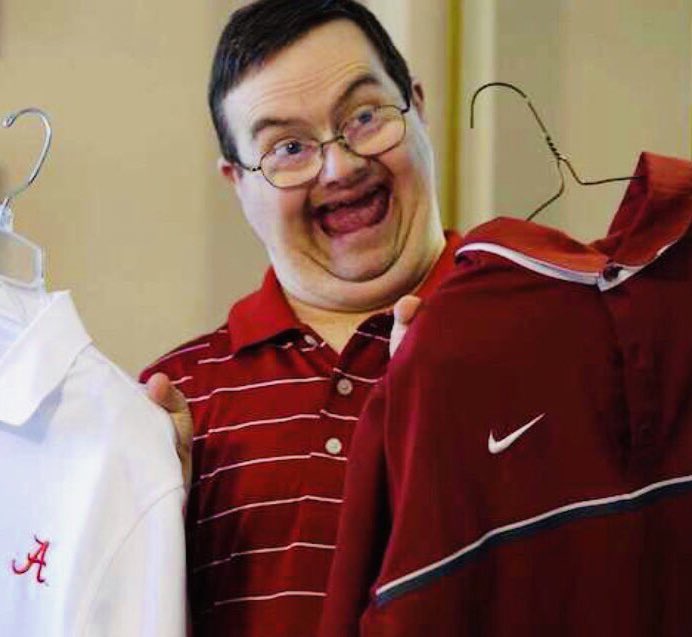

Spontaneous movement -an outlet for the emotional tension endemic in the perpetual struggle for existence in a baffling environment -developed into patterned, symbolic movements for the individual and group. Hindus of India believe that Śiva danced the world into being and later conveyed the art of dancing to humans.Ī popularly held psychological and theological theory found in numerous histories of dance suggests that dance evolved instrumentally to cope with unknown happenings in the human environment. The Dogon of Mali, for example, say that god's son the jackal danced and traced out the world and its future the first attested dance was one of divination that told secrets in dust. Rock art verifies its antiquity, however, and many peoples have explanatory myths. It is not possible to know the origins of religious dance. Meaning may also exist in the spheres of the dance event, including nondance activity, the human body in special action, the whole dance performance, performance segments as they unfold as in a narrative, specific movements or style reflecting religious values, the intermeshing of dance with other communication media such as music, and the presence of a dancer conveying a supernatural aura or energy. Meaning may be conveyed through various devices, such as metaphor (a dance in place of another expression that it resembles to suggest a likeness between the two), metonym (a dance connected with a larger whole), concretization (mimetic presentation), stylization (somewhat arbitrary religious gestures or movements that are the result of convention), icon (a dancer enacting some of a god's characteristics and being regarded or treated as that god), and actualization (a portrayal of one or several aspects of a dancer's real life). More like poetry than prose, dance may have cognitive, language-like references beyond the dance form itself. Skilled dancing may show spiritual excellence. Such variables can convey gender roles, class status hierarchies, race, and other group identities. Meaning in dance relies on who does what, and on when, where, why, how, and with and to whom it is done.

The efficacy of dance in contributing to the construction of a worldview and affecting human behavior depends upon the beliefs of the participants (performers and spectators), particularly their faith in their ability to affect the world around them.ĭance has potency through sensory sensitivity and perception: the sight of performers moving in time and space, the sounds of physical movements, the odors of physical exertion, the feeling of kinesthetic activity or empathy, and the sensations of contact with other bodies or the dancer's environment. Dance is a vehicle that incorporates inchoate ideas in visible human form and modifies inner experience as well as social action. The power of dance in religious practice lies in its multisensory, emotional, and symbolic capacity to create moods and a sense of situation in attention-riveting patterns by framing, prolonging, or discontinuing communication. Specific knowledge of dance practices associated with the supernatural is acquired through initiation, divination, oracle, observation, and copying.


People dance to explain religion, to create and recreate social roles, to worship or honor, to conduct supernatural beneficence, to effect change, to embody or merge with the supernatural through inner or external transformations, to reveal divinity through dance creation, to help themselves, and to entertain. Perceptions of orthodoxy and authenticity vary. According to historical and anthropological research, people dance to express an awareness that is often difficult to express in words, and to fulfill a range of intentions and functions that change over time. Different from ordinary motor activities, these movements have inherent and "aesthetic" values that is, they have both appropriateness and competency. From a comparative worldwide perspective, dance may be seen as human behavior composed (from the dancer's point of view) of purposeful, intentionally rhythmical, and culturally patterned sequences of nonverbal body movements in time, in space, and with effort. Dance is part of many systems of belief about the universe that deal with the nature and mystery of human existence and involve feelings, thoughts, and actions.


 0 kommentar(er)
0 kommentar(er)
